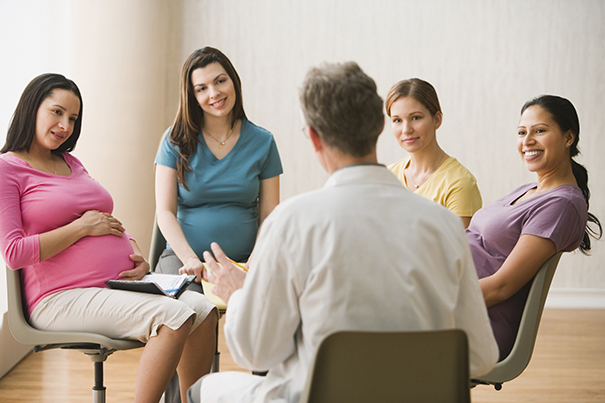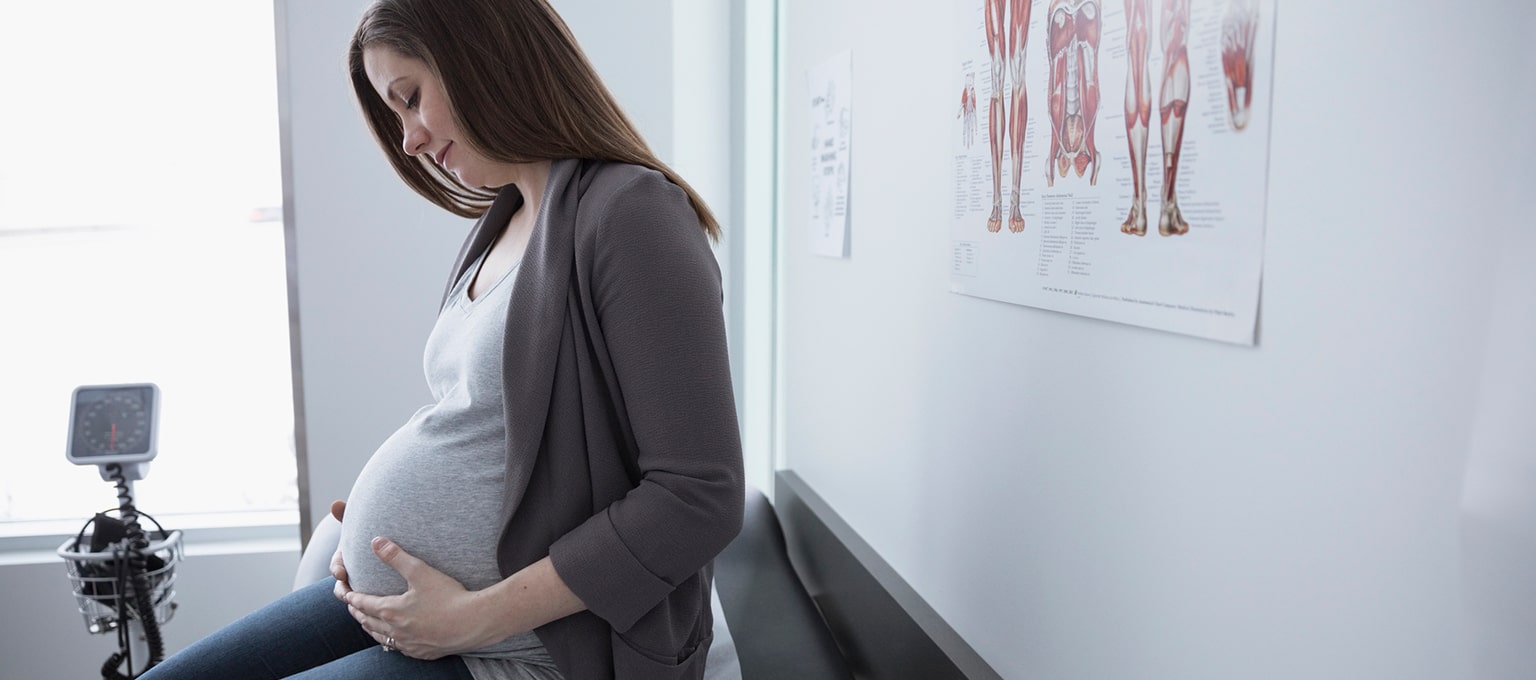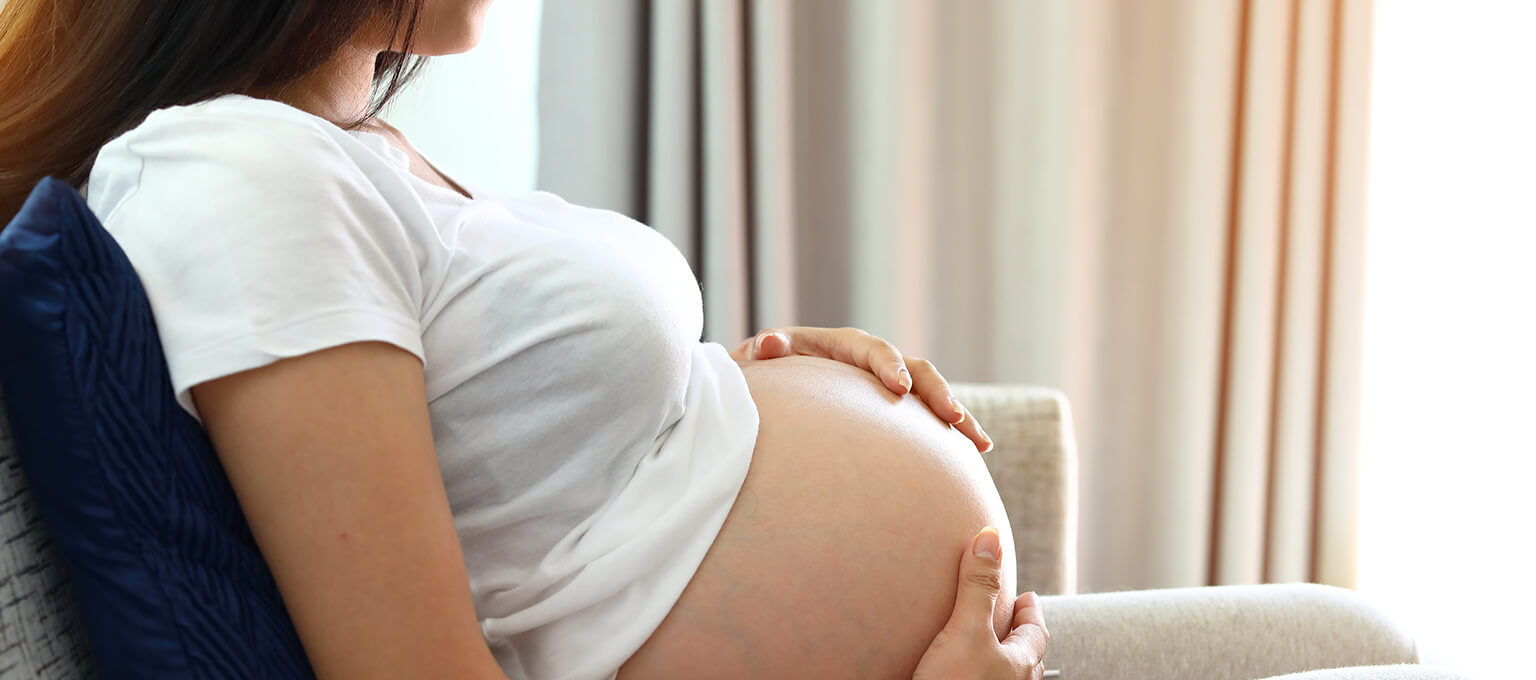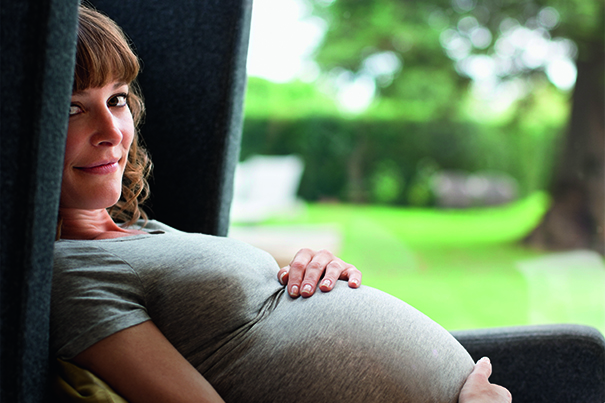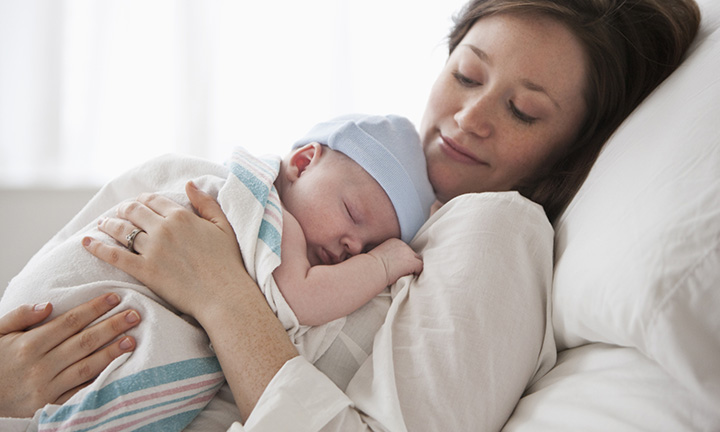
Healing After Childbirth
Following your baby's birth, it's entirely natural that your body must go through a period of healing. How long this takes will depend on your general health, but it can be up to a year before your body completely returns to its pre-pregnancy state. You are likely to experience a number of postnatal discomforts in the weeks after birth and its important to seek medical advice if you are concerned.
After-pains and Involution
Soon after the baby is born, the placenta is expelled and the uterus contracts tightly to seal off the open blood vessels on the uterine wall. The area where the placenta was attached is very much like an open wound that needs to be healed. The uterine contractions, sometimes called 'after-pains,' may be felt as strong cramping sensations for the first couple of days. You'll also feel these sensations if you are breastfeeding as nipple stimulation promotes uterine contractions. Although painful, know that they are helping you to heal faster and that they will disappear. Pain relief medication can help if these cramps are too uncomfortable, consult with your health expert.
Discharge
It can take up to six weeks for the placental site to heal totally. During that time you'll notice a bloody vaginal discharge called lochia. It will be bright red for a day or two after birth, very much like a heavy menstrual period. It then decreases in amount and becomes a dark brown colour, then a pinkish discharge and sometimes by 10 days a slight white discharge. This signals that the placental site is completely healed. If you notice the discharge getting heavier rather than lighter, you develop tummy pains or it becomes smelly or you start to feel feverish and unwell, contact your midwife or GP immediately.
Incision site healing
Occasionally, a doctor or midwife may need to make a cut in the area between the vagina and anus (perineum) during a vaginal delivery. This is called an episiotomy which makes the opening of the vagina a bit wider, allowing the baby to come through it more easily. Sometimes a woman's perineum may tear as their baby comes out and, in some births, an episiotomy can help to prevent a severe tear or speed up delivery if the baby needs to be born quickly.
In England, episiotomies are not done routinely, and your doctor or midwife will discuss it with you if they feel that you need an episiotomy when you're in labour.
The National Institute for Health and Care Excellence (NICE) recommends that an episiotomy might be done if:
For more information regarding episiotomies and perineal tears, please visit: https://www.nhs.uk/pregnancy/labour-and-birth/what-happens/episiotomy-and-perineal-tears/
Some babies are also delivered by caesarean section, or C-section. This is an operation to deliver a baby through a cut, usually just below the bikini line, made in the tummy and womb.
According to the NHS, around 1 in 4 pregnant women in the UK has a caesarean birth. A caesarean is a major operation that carries a number of risks, so it's usually only done if it's the safest option for you and your baby.
Recovering from a caesarean may take longer than recovering from a vaginal delivery and providing there are no complications, most women can go home 1 to 2 days after having a caesarean. You may experience some discomfort in your tummy for the first few days and when you go home, you'll need to take things easy at first. You may need to avoid some activities, such as driving, until you have had your postnatal check-up with the doctor at 6 weeks. The wound in your tummy will eventually form a scar which may be obvious at first but should fade with time.
For more information regarding caesarean sections and recovery, please visit: https://www.nhs.uk/conditions/caesarean-section/.
Home healing tips:
There are many other ways you can help with the healing process at home:
When to call the healthcare provider
Contact your provider if you observe any of these signs, as they could indicate that healing is not progressing as it should, or that you're developing an infection:
Because having a baby is a normal process, not an illness, your body is programmed to heal quickly. If you follow these recommendations, you'll be amazed at how quickly you'll bounce back after your baby's delivery.
If you’re still in your third trimester, reading ahead about what to expect after giving birth, then don’t forget to take time to relax amid all of that research and preparation. That’s because taking some time-out is good for both you and your baby, and soon you’ll bring your little of bundle of joy home and you won’t have much time to rest then.
Read more about Pregnancy
Related Articles
Join Pampers Club and get:




